Xu Beihong was a pioneering figure in Chinese art, known for his innovative and influential works that bridged traditional Chinese painting with modern Western techniques. Born in 1895 in Guangdong, China, he studied at the Beijing Art Academy and later traveled to Europe to further his art education.,,Xu Beihong's works are characterized by their bold brushstrokes, vibrant colors, and unique compositions, which have been described as a fusion of Chinese and Western styles. He is particularly renowned for his paintings of animals, which capture the essence of their movements and expressions with great skill and sensitivity.,,Xu Beihong's art played a crucial role in the development of modern Chinese art, and he was a key figure in the Chinese art community during the 1920s and 1930s. His influence extends beyond his own works, as he also taught and inspired many other artists, including Zhang Daqian and Li Keran.
In the annals of Chinese art, Xu Beihong (1899-1953) stands as a towering figure, a masterful painter, sculptor, and art educator whose contributions to the development of modern Chinese art are immeasurable. Born in Guangdong Province, China, Xu Beihong's life and work span the transition from traditional to modern Chinese art, influencing generations of artists who followed in his footsteps. This article endeavors to provide a comprehensive yet concise overview of Xu Beihong's life, his artistic endeavors, and his legacy on the art world.
Early Life and Education
Xu Beihong was born on June 17, 1899, in Guangdong Province, China. His early childhood was marked by poverty and hardship, which shaped his later artistic themes and emotions. Despite these challenges, he showed a keen interest in drawing and painting from a young age. At the age of 12, he began studying at the School of Fine Arts in Guangzhou under the guidance of the renowned artist Lin Fengmian. This early exposure to formal art education laid the foundation for his future artistic career.
In 1917, Xu Beihong left for Shanghai to further his studies at the Shanghai School of Fine Arts. However, due to financial constraints, he had to interrupt his formal education and work as a commercial artist to support himself. This period of his life is reflected in his early works, which often depict the struggles of the common people and the harsh realities of life in urban China.
Artistic Development and Style
Xu Beihong's artistic development can be divided into three main phases: the traditional period, the realistic period, and the abstract-realist period.
During the traditional period (1919-1937), Xu Beihong was deeply influenced by the Chinese classical painting tradition, particularly the school of Dong Qichang. His works during this phase exhibit a meticulous attention to detail and a harmonious blend of ink wash and color. He often depicted landscapes, animals, and historical figures with a sense of elegance and poetic expression.
The realistic period (1937-1940) marked a significant shift in Xu Beihong's art. The outbreak of the Second Sino-Japanese War compelled him to confront the harsh realities of war and suffering. His works from this time are characterized by a more direct and emotional portrayal of war-torn landscapes, refugees, and soldiers. These paintings convey a sense of urgency and social responsibility that sets them apart from his earlier works.
The abstract-realist period (1940-1953) saw Xu Beihong experimenting with new techniques and styles, blending elements of abstraction with realism. He sought to capture the essence of objects and landscapes through simplified forms and bold brushstrokes. This period is marked by his iconic works such as "The Gathering of Quails" (1943), which exemplifies his ability to convey a sense of movement and vitality through abstracted forms.
Key Works and Influences
Xu Beihong's works are known for their emotional depth, technical mastery, and social relevance. Some of his most celebrated works include:
"The Battle at Chihliang Bridge" (1944): This painting depicts a fierce battle between Chinese soldiers and Japanese invaders during the Second Sino-Japanese War. The work is notable for its realistic portrayal of war's brutality and the resilience of the human spirit.
"The Gathering of Quails" (1943): This abstract-realist masterpiece shows a flock of quails taking off from a branch, symbolizing the spirit of rebirth and hope amidst adversity. The painting's use of bold colors and simplified forms reflects Xu Beihong's exploration of new artistic expressions.
"The Dancing Peasants" (1950): This work depicts peasants dancing in celebration, reflecting Xu Beihong's belief in the beauty of ordinary life and the power of joy amidst hardship. It exemplifies his ability to capture moments of humanity with great sensitivity and emotional depth.
Xu Beihong's artistic style and approach were influenced by various sources, including traditional Chinese painting, European realism, and modernist movements such as abstraction. However, he never shied away from incorporating foreign influences into his unique artistic language while remaining deeply rooted in Chinese cultural values and aesthetics. His works serve as a bridge between tradition and modernity, demonstrating how an artist can synthesize diverse influences while maintaining a distinct voice.
Art Education and Mentorship
Xu Beihong was not only a renowned artist but also an influential educator who played a crucial role in nurturing the next generation of Chinese artists. He taught at various institutions, including the Central Academy of Fine Arts (now known as the China Central Academy of Fine Arts) from 1949 until his death in 1953. During his tenure as a professor, he emphasized the importance



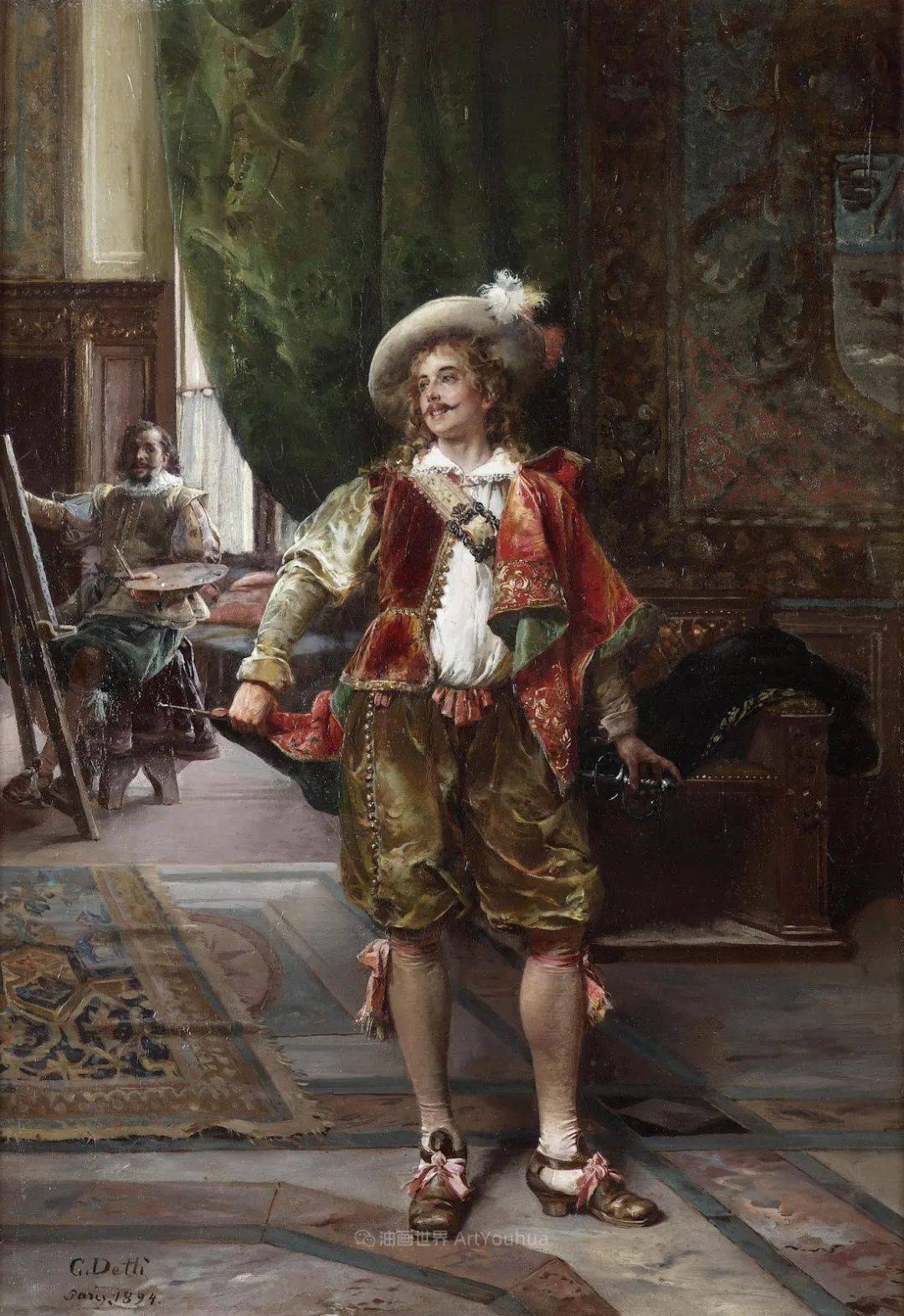
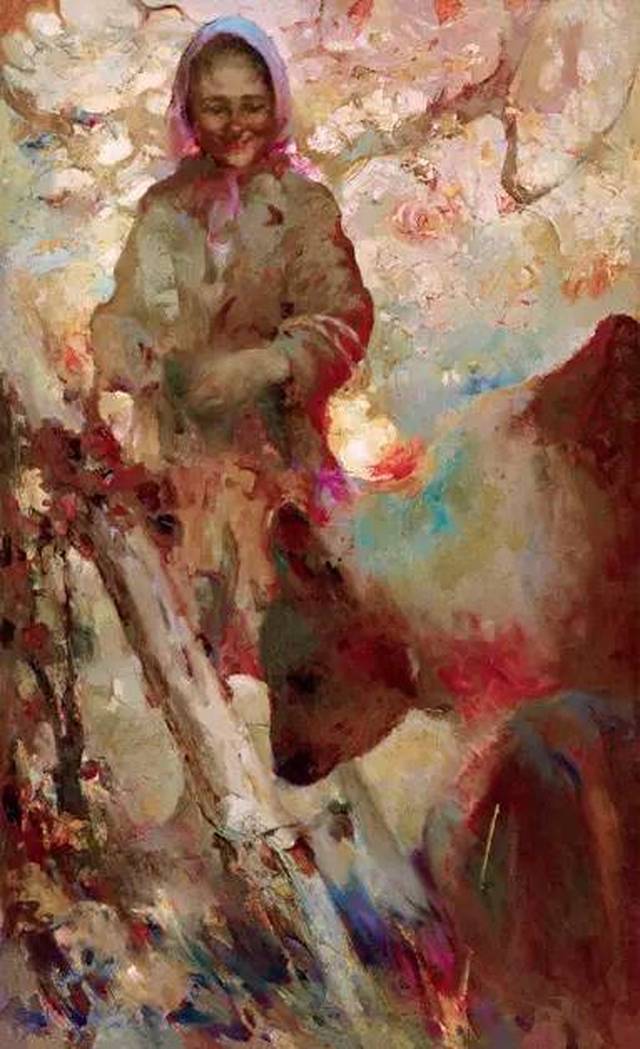
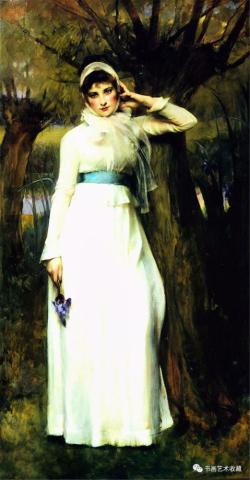
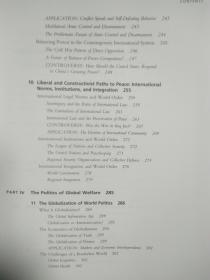
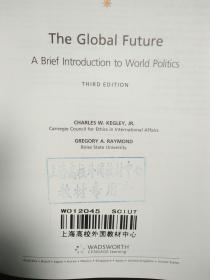
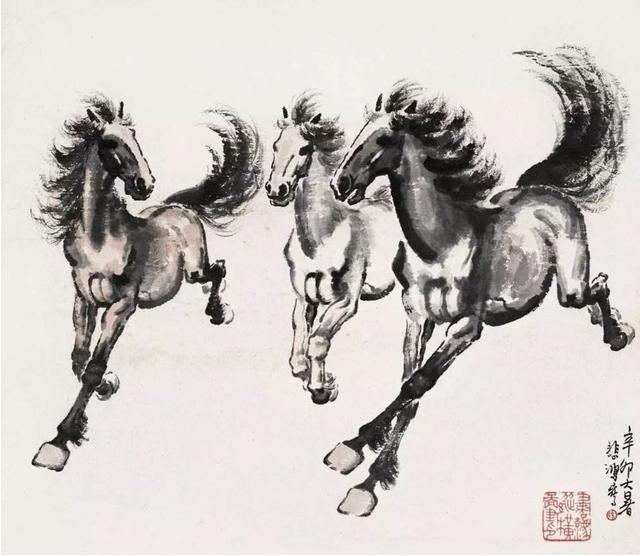
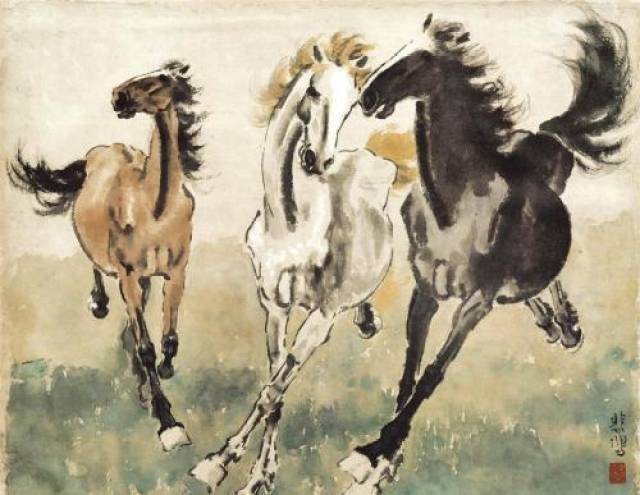
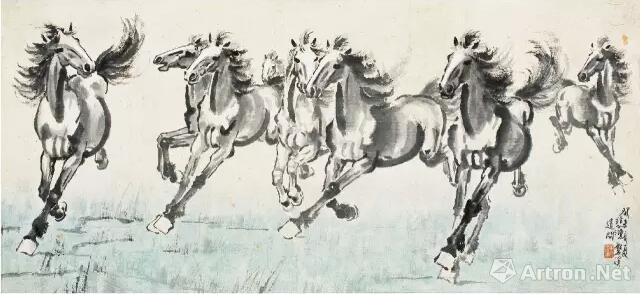
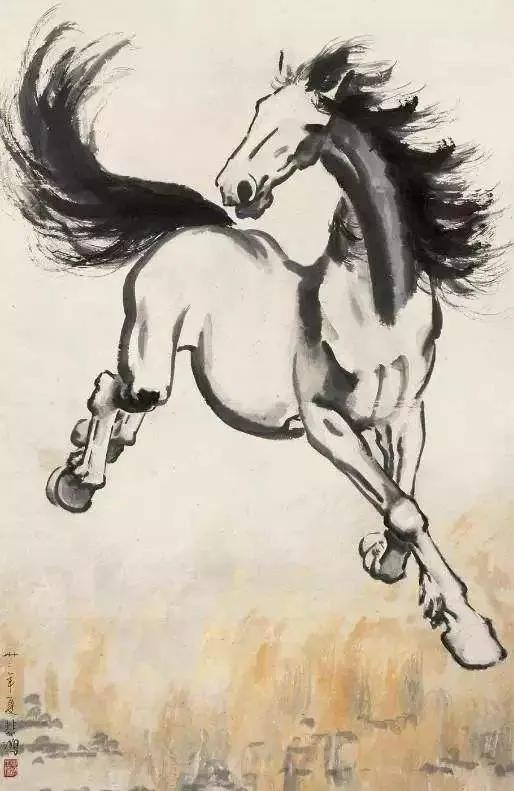
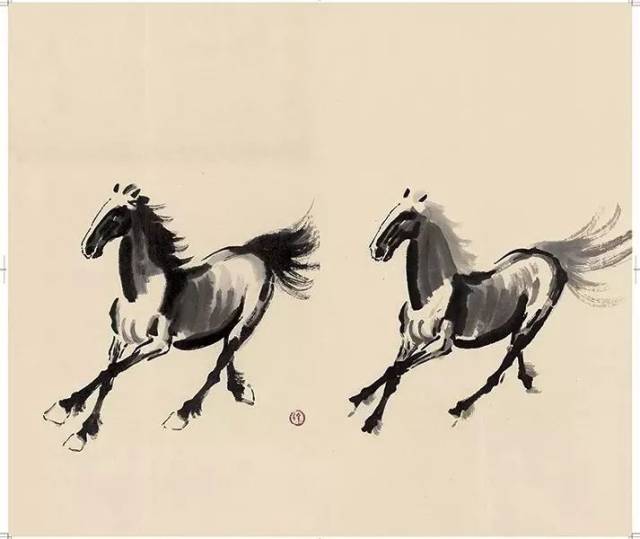
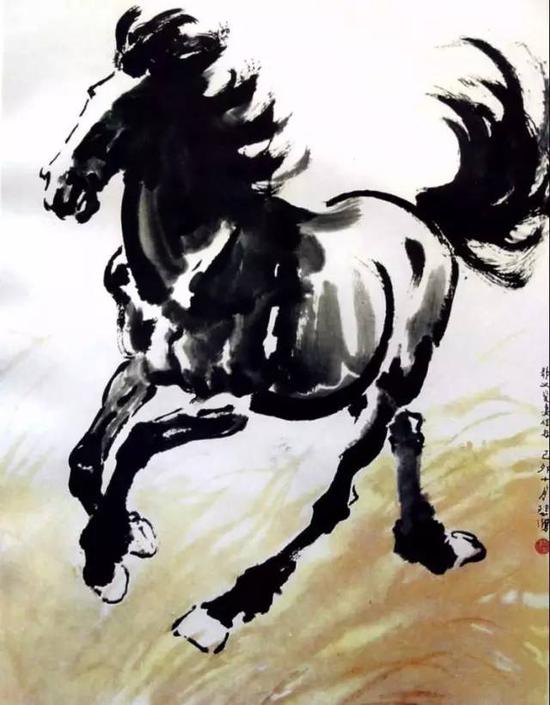
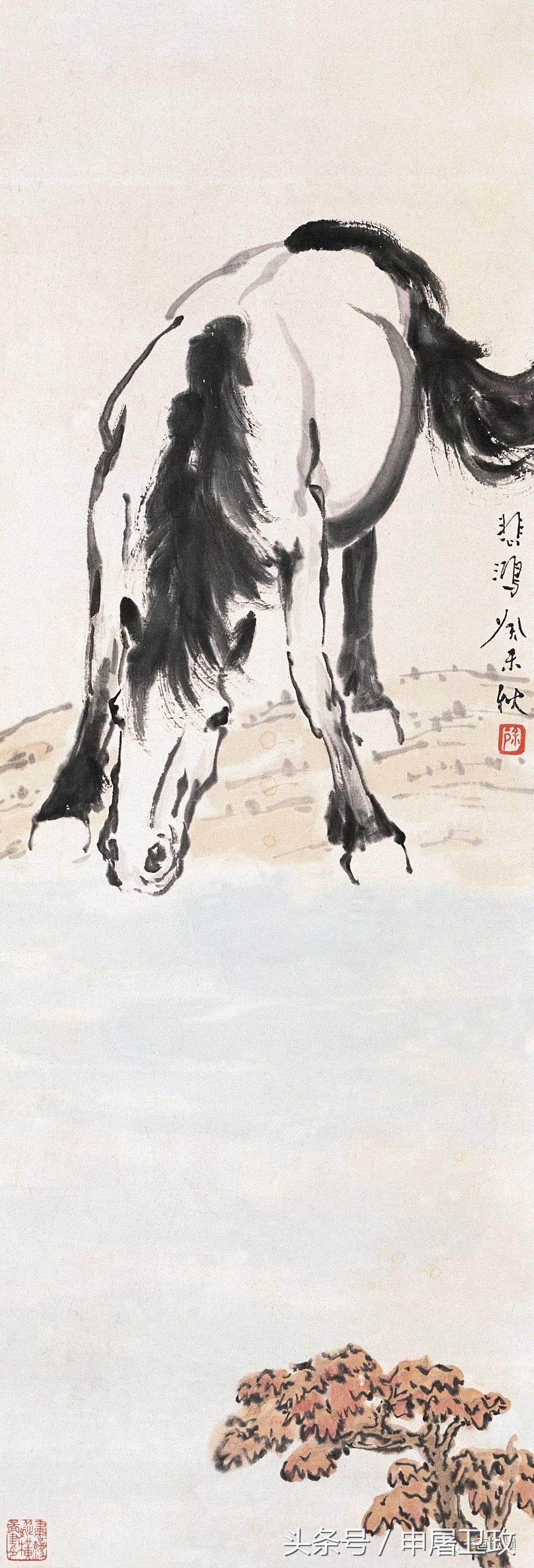
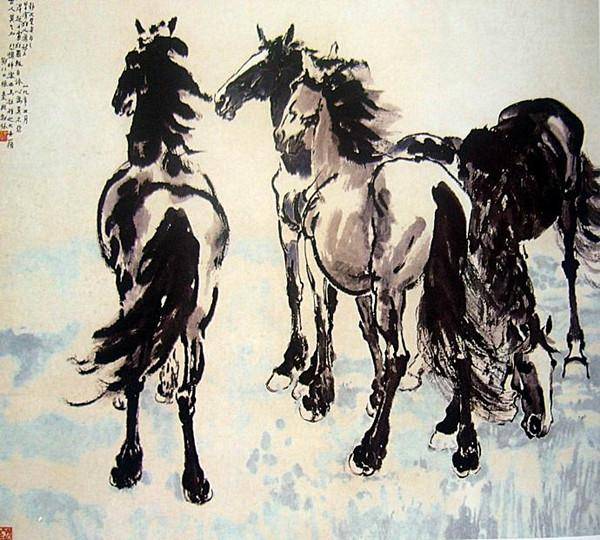
 京公网安备11000000000001号
京公网安备11000000000001号 京ICP备11000001号
京ICP备11000001号
还没有评论,来说两句吧...